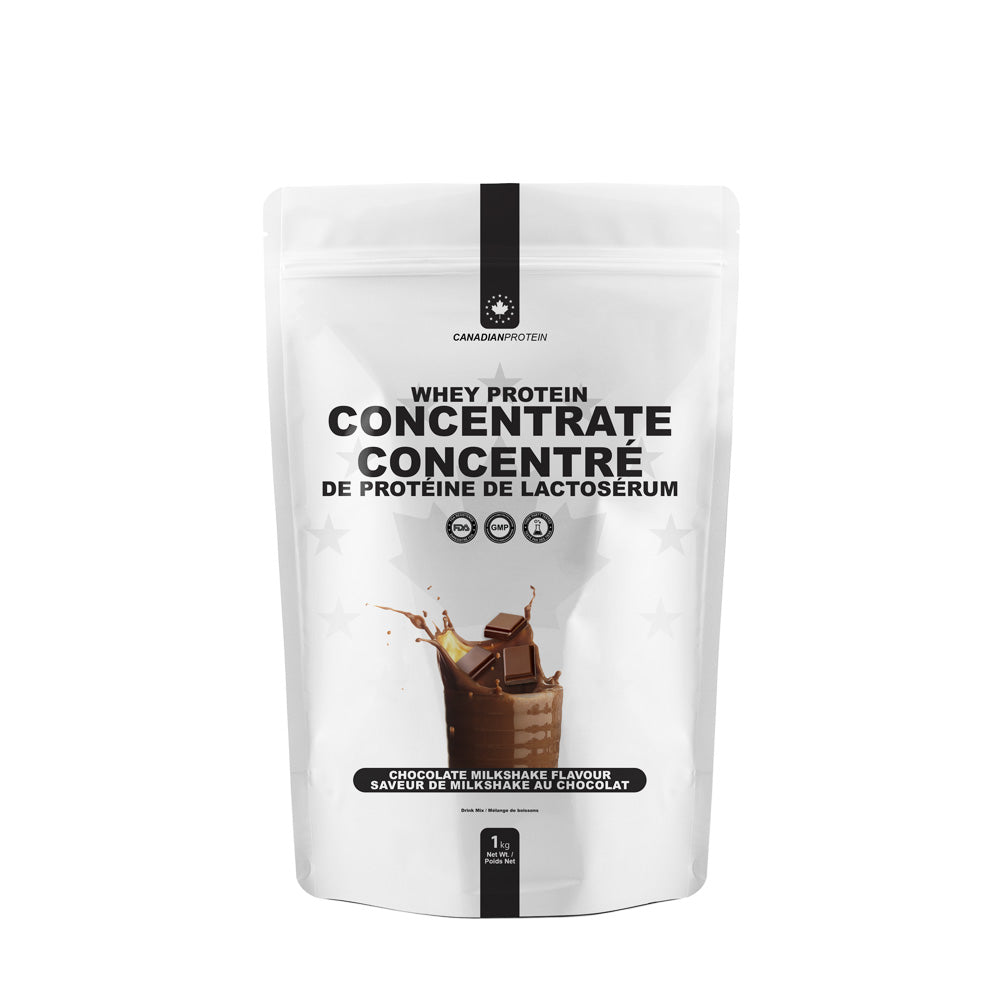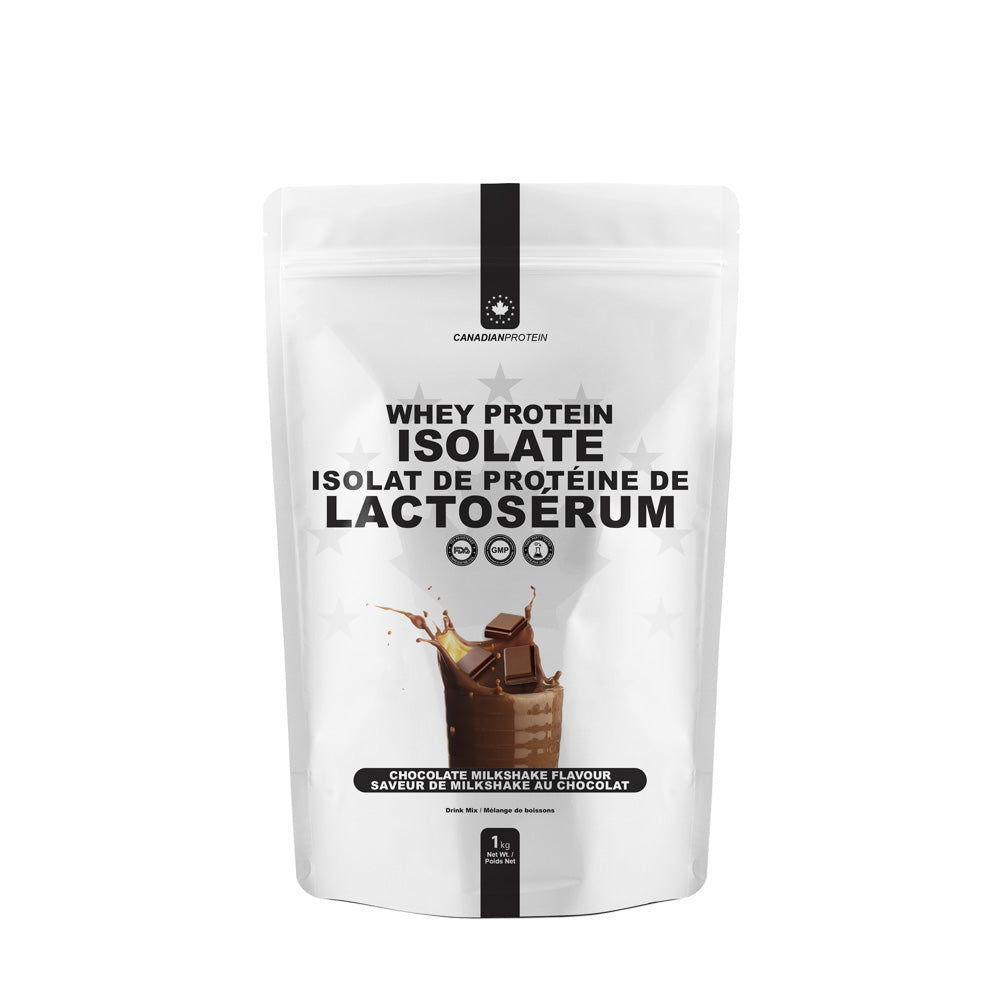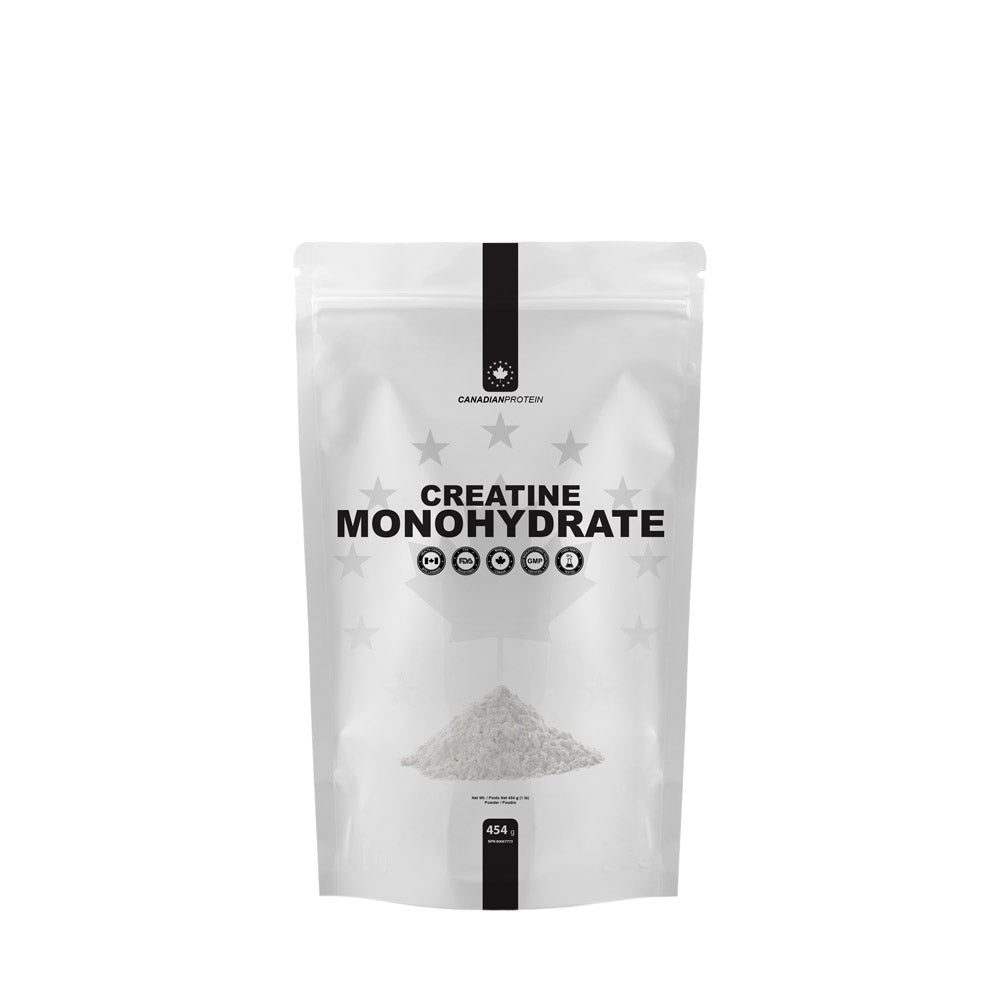If you want to lead a healthy lifestyle, it’s actually not that difficult to do so. On paper at least. In order to lead a healthy lifestyle, it is recommended that you exercise more, consume less junk, and consume more fresh and healthy produce. Simple, right? Well, not really, not when you have one person telling you one thing, and then another person telling you the exact polar-opposite. You see, when people are looking to lose weight, they will often go on a strict diet, low in calories and virtually completely free of fats. Fats you see, are responsible for all of the travesties that the world has ever seen. Global collapses of the stock markets? Fats. The Bubonic Plague? Fats. Reality TV? Fats. Fats are bad, fats are evil, and fats should be wiped from the face of the earth. Or should they? Actually, no. They shouldn’t. We now know a lot more about fats than we knew decades ago, and thanks to the wonders of modern technology, we are learning more about fats every single day. Not all fats are created equally you see, and some fats are actually incredibly good for us. To help you understand more about this decidedly misunderstood macronutrient, here’s your ultimate guide to fats.
Why are fats demonized?

Although we are now far more appreciative of fats than we were decades ago, fats are still considered to be harmful and dangerous by some people. But how did fats end up being so hated, and was that hate deserved? Once human beings became self-sufficient, we found ourselves with an abundance of food. Once upon a time we had to hunt, find, forage, and kill our food, yet once we discovered farming and agriculture, food became a luxury, rather than just a necessity to survive. This allowed us to get pickier and choosier with what we consumed. After the second World War, research into fats found a direct correlation between saturated fats, and cardiovascular disease. In the US, by the 60s, health officials were advising American citizens to drastically cut back on their daily fat intakes. By now, panic was beginning to spread, and fearmongering kicked into a whole other level. People were now terrified of fat, and those that valued their health would avoid it like the plague.
By the 70s, officials really kicked their warnings into overdrive and they began advocating strict dietary guidelines. Basically, it was advised that people should consume very little fat, and a lot more carbohydrates. Like in most cases, these guidelines were not exactly clear, and a lot of confusion arose. People basically latched onto the fact that they should eat fewer fats, and more carbs. They therefore did exactly that. The problem is that they would consume vast quantities of refined carbs, like white bread, which at the time was thought to be healthy. Foods low in fat and high in carbs were marketed as being healthy and great for weight loss, and the public, pardon the pun, ate them up. Finding fats in the 70s and 80s was like trying to find alcohol during prohibition. Grocery store shelves were carb-mad, and foods were predominantly marketed as being “low fat” or “reduced fat”. As you know, fat makes food taste pretty awesome, so if foods didn’t have fats in them, where did their amazing taste come from? Well, instead of fat, sugar was added. That’s right, it sounds crazy now, but at the time, foods loaded full of sugar were considered very healthy, as long as they didn’t have any fat inside. You’d think, then, that with all of this new “healthy” produce, lining grocery store shelves nationwide, that the US would quickly find itself one of the healthiest countries in the developed world. Waistlines would surely shrink, life expectancies would no doubt increase, and people would find themselves fitter and healthier than ever before. But that didn’t happen. Obesity levels grew and grew, as did the number of people suffering with sugar addiction, type-2 diabetes, and other chronic illnesses that had to be controlled by drugs and medications. This was no co-incidence, so was fat really as bad as some people thought?
Fat fights back
By now, high-carb, low-fat diets had been around for many years, yet people seemed to be getting fatter and unhealthier. Were they secretly helping themselves to hoards of fats hidden in secret bunkers across the nation? Nope, and that was the problem, or at least, a lack of fat was part of the problem. You see, out of the studies conducted on fats, none of them actually directly linked fat to cardiovascular disease. Try as they might, experts could not link fat to cardiovascular disease. Why? Because we now know, ironically, that some forms of fats, including natural saturated fats, can actually improve cardiovascular health. That’s right, the fat we thought was so bad for our hearts was actually very good for them. In one particular study, which was on-going for more than seven years, close to 50,000 women were examined and it was found that low-fat diets did not actually assist with weight loss at all, in fact, they hindered it. It was also found that diets high in good fats and low in carbohydrates, actually speed up weight loss and help to reduce unhealthy LDL cholesterol levels. This is why ketogenic diets are now all of a sudden so popular. If you had told a doctor in the late 70s, that you were going to consume very few carbs and instead get the majority of your calories and nutrients from proteins and fats, they would have tried to have you sectioned. Now however, many health officials recommend these very diets for people actively looking to lose weight and improve their health and well-being.
Good fats

While not all fats are good for you, those that are good for you are very good for you. Fats are one of three macronutrients, and they are required for a whole range of physiological processes within the body. In particular, fats are useful for providing energy to the human body, as they play a key role in a person’s metabolism. Healthy fats generally consist of the following:
- Monounsaturated fats
- Polyunsaturated fats
- Natural saturated fats
Monounsaturated fats, and polyunsaturated fats, are very healthy as they have been found to reduce dangerous LDL cholesterol in the body. Low Density Lipoprotein cholesterol is the dangerous cholesterol which has been linked with cardiovascular disease. This cholesterol causes build ups of fatty deposits in the arteries, which can cause them to become blocked. This can result in blood clots, poor circulation, high blood pressure, stroke, cardiovascular disease, and even heart attack. These fats also help to increase HDL cholesterol, or High Density Lipoprotein cholesterol, which is proven to be very healthy and beneficial for us. That means that monounsaturated fats and polyunsaturated fats, can actually improve cardiovascular health and function.
But what about saturated fats? Until recently, saturated fats were considered to be bad for us, as it was thought that they increased LDL cholesterol. This wasn’t actually true. Research found that saturated fats from natural sources, actually increased overall cholesterol levels. This means they boosted LDL and HDL. HDL however, reduces LDL cholesterol, so overall, saturated fats help to reduce LDL cholesterol by increasing the amounts of healthy cholesterol we have in our bodies.
What about bad fats?
So far, we’ve been very kind to fats, but surely not all fats are good for us? Well, no, they aren’t. You see, trans fats are the dangerous fats. These are the fats that clog your arteries, pile on the pounds, and create all kinds of illnesses and ailments within the human body. Hydrogenated oils for example, are very bad for us, and they are created when vegetable oils are taken, and are pumped full of hydrogen molecules. This process is known as hydrogenation, and it is designed to prolong the shelf life of the fat, and act as a preservative. The end result is a thicker, more solid fat that lasts longer before it begins to turn rancid. This is done with the supermarkets and grocery stores in mind, because it means they can display their products for longer. Trans fats are loaded into a lot of junk food, to not only preserve it, but to also “enhance” the taste. Trans fats have been proven to be very bad for us. They have been heavily linked to the following:
- Obesity
- Inflammation
- Increased risk of heart disease
- Clogged arteries
- Increased LDL cholesterol
- Reduced HDL cholesterol
- Hypertension
- Increased risk of insulin resistance
- Increased amounts of visceral body fat
You will likely find trans fats in typical examples of junk food, so things such as:
- Frozen pizzas
- Baked goods
- Burgers
- Processed foods
- Refined breads
- Luncheon meat
- Chocolate bars
- Donuts
- Cakes
- Crackers
- Cookies
- Chips
- Frozen ready meals
- And much more…
Three of the best healthy fats to choose from

We’ve looked at the negatives, now we’d like to end on a high, as we finish up by looking at some of the healthiest fat sources currently available. Remember, healthy fats provide a wide range of benefits, with the added bonus of tasting great in the process. While you may not like them all, we can bet there’s at least a couple of examples below that you will enjoy eating.
Grass-fed butter
Butter, once upon a time, was an ingredient which you would only consume if you wanted to be unhealthy and were willing to risk your life over. We now know however, that butter is actually very good for us. Butter is rich in omega 3 fatty acids, as well as omega 6 fatty acids, which help to promote cognitive health and function. These essential fatty acids also help to fight inflammation, boost the metabolism, and boost HDL cholesterol. Always opt for grass-fed butter if possible, as this will come from cows that have not been fed GMOs and they will likely not have been injected with hormones and antibiotics either. Butter has a very low smoking point, which means that on its own, it cannot be used for cooking. It is either combined with another healthy oil in a pan, or it must be emulsified. This is a process where the butter is gently heated, until the milk solids separate, leaving just the liquid. This is known as clarified butter, or ghee, and it can withstand higher cooking temperatures.
Coconut oil
Unless you’ve been living under a rock for the last few years, you’ll know that coconut oil is considered to be the new king of the healthy oils. For years, this title was held by olive oil, but times change, and so too do cooking oils. Coconut oil is rich in saturated fats. In fact, it is 99% pure saturated fat. On paper, this seems quite alarming, but coconut oil is actually very different to regular oils. It is rich in MCTs, or Medium-Chain Triglycerides. These MCTs can be utilized by the body much easier than longer chain triglycerides, which means that coconut oil provides an instant hit of energy. The fat when consumed, can be used by the body, rather than being stored as body fat for use at a later date. Coconut oil is a natural anti-inflammatory, it lowers LDL cholesterol, it strengthens the heart, and it helps to boost immunity in the process.
Avocados
Avocados are nature’s little miracles when it comes to delicious and healthy foods. Avocado is also now very popular, and if you need proof, just check out your Instagram feed at breakfast time. Avocados are a great source of monounsaturated fats, which help to raise healthy cholesterol levels while reducing dangerous cholesterol. They are also a rich source of vitamin E, which functions as a powerful antioxidant and helps to prevent cellular damage caused by free-radicals. It is also a great source of folate, it helps boost the metabolism, it strengthens the immune system, and it is also rich in minerals including iron, magnesium, and potassium.













